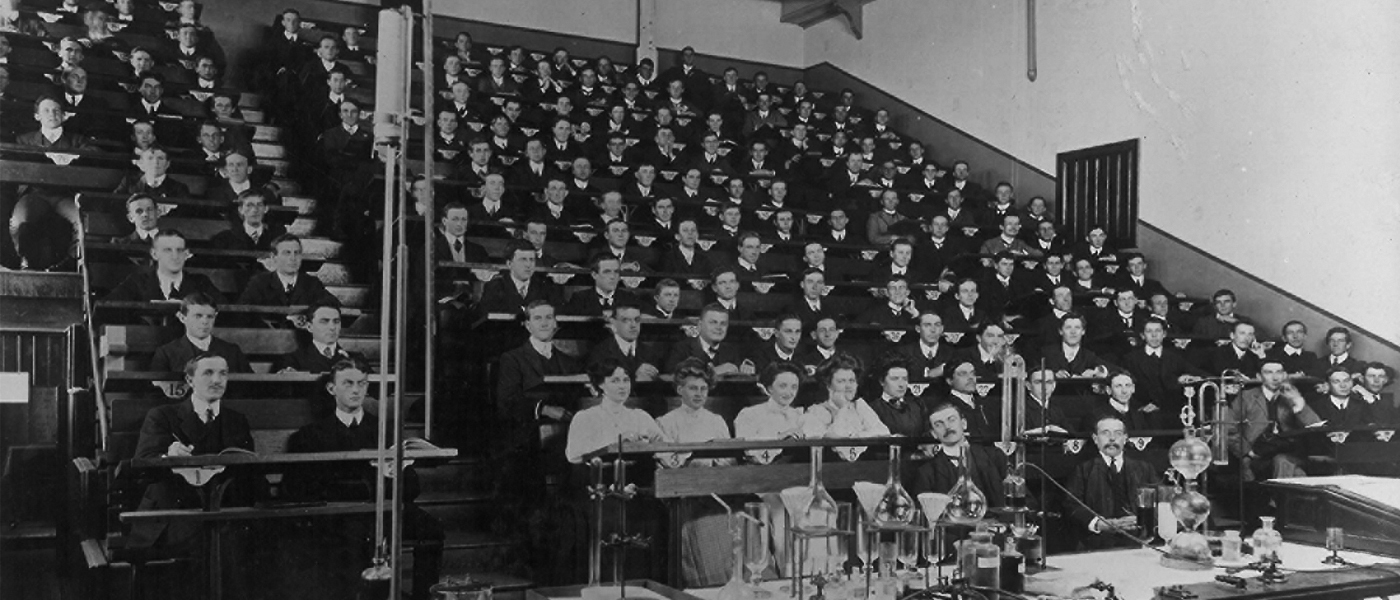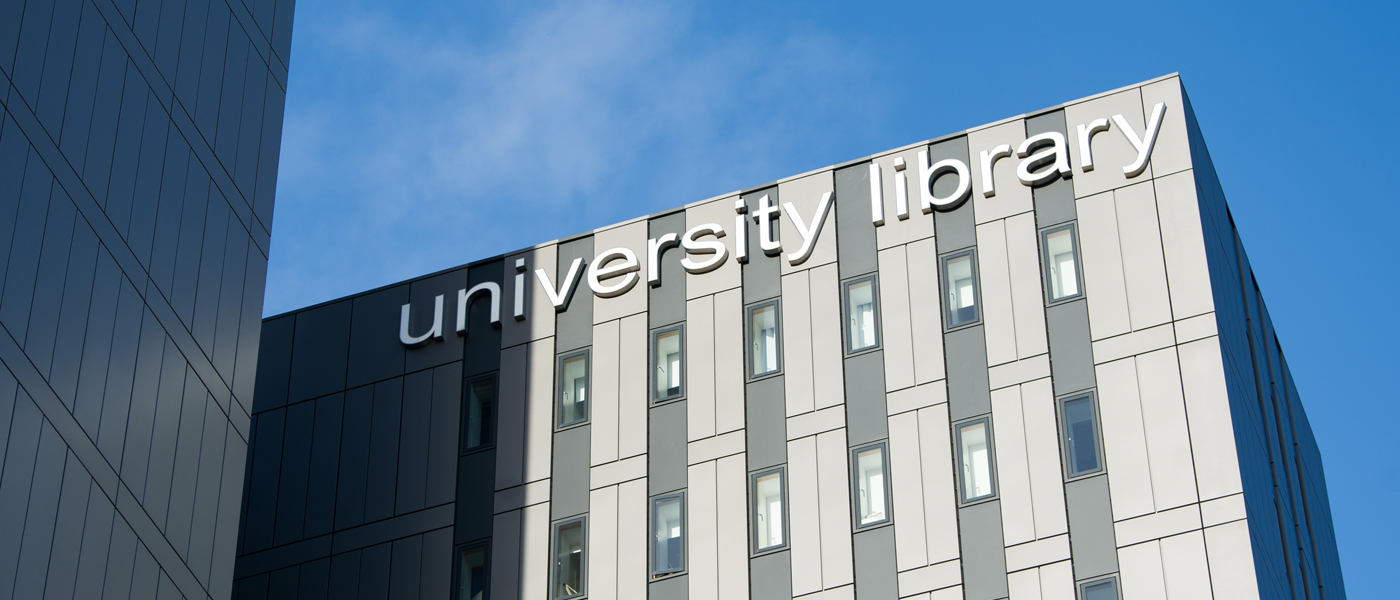Laying the foundations for success
"I think we will look back on this time as the point at which we really began to evolve the teaching model in the University to harness technology, to harness our ability to personalise the student experience.” Professor Frank Coton, Vice-Principal for Academic & Educational Innovation
On Monday 8 October 2018 the University laid a foundation stone at the site of the first building to be delivered through our £1bn campus development programme.
Due to open in the next academic year 2019–20, the James McCune Smith Learning Hub will provide teaching and study space for over 2,500 students.
The £90m building, which will include flexible learning spaces and technology-enabled teaching resources, has been named after American abolitionist and doctor James McCune Smith, who graduated from Glasgow with an MD in 1837.
“James McCune Smith was truly a pioneer,” says Principal Professor Sir Anton Muscatelli, “not only becoming the first African American anywhere in the world to gain a medical degree, but also one of the leading intellectuals of his time. The University of Glasgow is proud of our association with his legacy and it is fitting that we honour it in the naming of this building.”

The foundation stone for the James McCune Smith Learning Hub was laid by the Leader of Glasgow City Council, Councillor Susan Aitken (pictured with the Principal), 150 years to the day since the original foundation stone ceremony at the Gilbert Scott Building.

A crowd of more than 20,000 people gathered to see Prince Edward and Princess Alexandra of Wales at the laying of the foundation stone for the Gilbert Scott Building on 8 October 1868.
Revolutionising teaching
The new Learning Hub will revolutionise how the University delivers learning and teaching and will provide a world-class facility for generations of future students from around the world.
“The environments we are building now,” says Professor Frank Coton, Vice-Principal for Academic & Educational Innovation, “subtly allow us to bring technology into the learning space but not to crowd the learning space with technology, and it allows us to do other things with the students which in the past we simply couldn’t do, and that will pervade the whole of the campus development.”
SRC President Lauren McDougall is convinced that the new building with its range of different spaces will benefit students.
“These spaces are going to be really flexible and will be able to be changed for their use really easily,” she says. “So what during the day is a seminar space could be used by a club or society in the evening. And the technology and furniture, everything that could be put into those rooms, is being designed to make that as easy as possible.
“I’m really excited to see how we can encourage students to host events, run conferences and use these spaces.”
Building our future
The campus development programme is the largest expansion of the University’s estate since it moved from the High Street to Gilmorehill 150 years ago and will create a rich and exciting mix of teaching, research and public spaces.
“The work that we are doing now to lay the foundations for this extended estate is really going to change the nature of the campus experience,” says Professor Frank Coton, “and it’s going to mean that students of the future are as well supported in the new world of technology as they were in the past, when we first built the Gilmorehill campus.”
 Who was James McCune Smith?
Who was James McCune Smith?
Born a slave in 1813 in New York City, James McCune Smith was liberated by New York State’s Emancipation Act on 4 July 1827.
Recognised as being intellectually gifted, McCune Smith attended the African Free School in Manhattan, where his academic achievements led him to apply to several American universities. After being denied entry to all due to his race, McCune Smith applied for, and was accepted by, the University of Glasgow’s Medical School.
After five years’ study Smith had earned three degrees, a bachelor’s degree in 1835, a Masters degree in 1836 and his medical doctorate in 1837. He was fluent in Latin, Greek and French and had a working knowledge of Hebrew, Italian, Spanish and German, making him one of the best-educated Americans of his time.
Upon returning to New York McCune Smith set up a medical practice in Lower Manhattan and grew to be recognised as a prominent figure in the New York black community and a leading intellectual.



